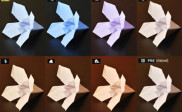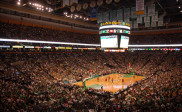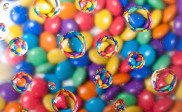Best Ways to Transfer Film to Digital at Home
With pretty much everyone using digital except for die-hard film photographers, only very few film cameras are being produced these days. This has gone as far as also reducing the amount of equipment made to transfer from film to digital. If you have a ton of film to transfer, many look for a professional to do the work. However, it can be less expensive to purchase a flatbed scanner or dedicated film scanner, but be prepared to spend a substantial amount of time converting the film. For anyone with plenty of old photos, film, negatives (or in my case, just plenty of snapshots from the 90s) the trip down memory lane while digging through and scanning them is fun in itself! So here are three quality home scanners, one nice flatbed and two options for a dedicated film scanner.
Flatbed Scanners
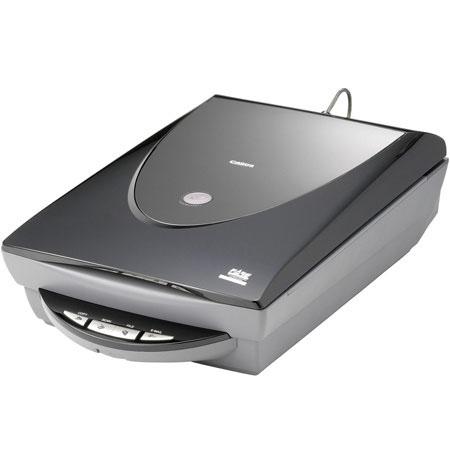
If you are converting to digital from film negatives, traditional flatbed scanners are an affordable option. Many come with a film scanner accessory, a device that holds slides and negatives in place for scanning. The images are uploaded into your computer. Canon and Epson both offer scanners that do a fair job at conversion. Canon’s 9950F flat bed scanner works for slides, negatives, medium format film strips and 4-by-5 film. It lets you load 12 slides at once and has resolutions that can go as high as 9,600 dpi.
Dedicated Scanners
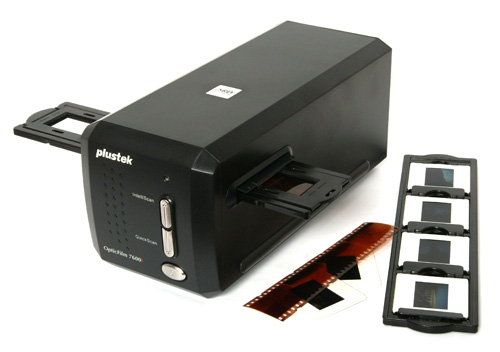
Using dedicated scanners for film-to-digital transfer produces results that are more professional. While commercial-grade scanners can cost thousands of dollars, you can get a good dedicated scanner for less than $500. The Plustek Opticfilm 7600I Ai is a dedicated scanner for 35 mm film and gets the highest marks among reviewers, although some decry the scanner’s software as hopelessly confusing. For professional photographers, however, it offers an abundance of editing options, with features like dust and scratch removal from images.
A Nice Middle Ground
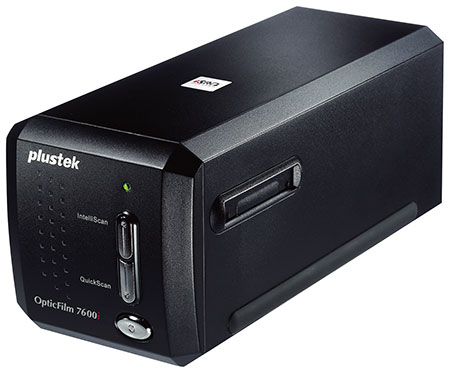
The Plustek OpticFilm 7600I SE uses the same body as the Ai model, but with less options and a scaled-down version of Plustek’s Silverware software. At about $150 less than the AI version, it may be a better choice for straight conversion projects. Both offer 7,200 dpi resolutions. Both process only one photo at a time. The Silverware software features pre-scan images that allows you to adjust images before scanning, making it more likely that you will be pleased with the result than with faster flatbed scanners.
The limited number of quality film scanners indicates that this product may be disappearing from the market. Many cheap scanners you see around really just don’t do film transfers justice. And opposed to handing them over to a professional service, a hands-on option that allows you to tweak the results, they can be the best option if you have the time. And I’m sure any of your friends with film would appreciate using it, maybe even share the costs or compensate you for your time. If you have any film scanner recommendations to add, please share them in the comments below!

